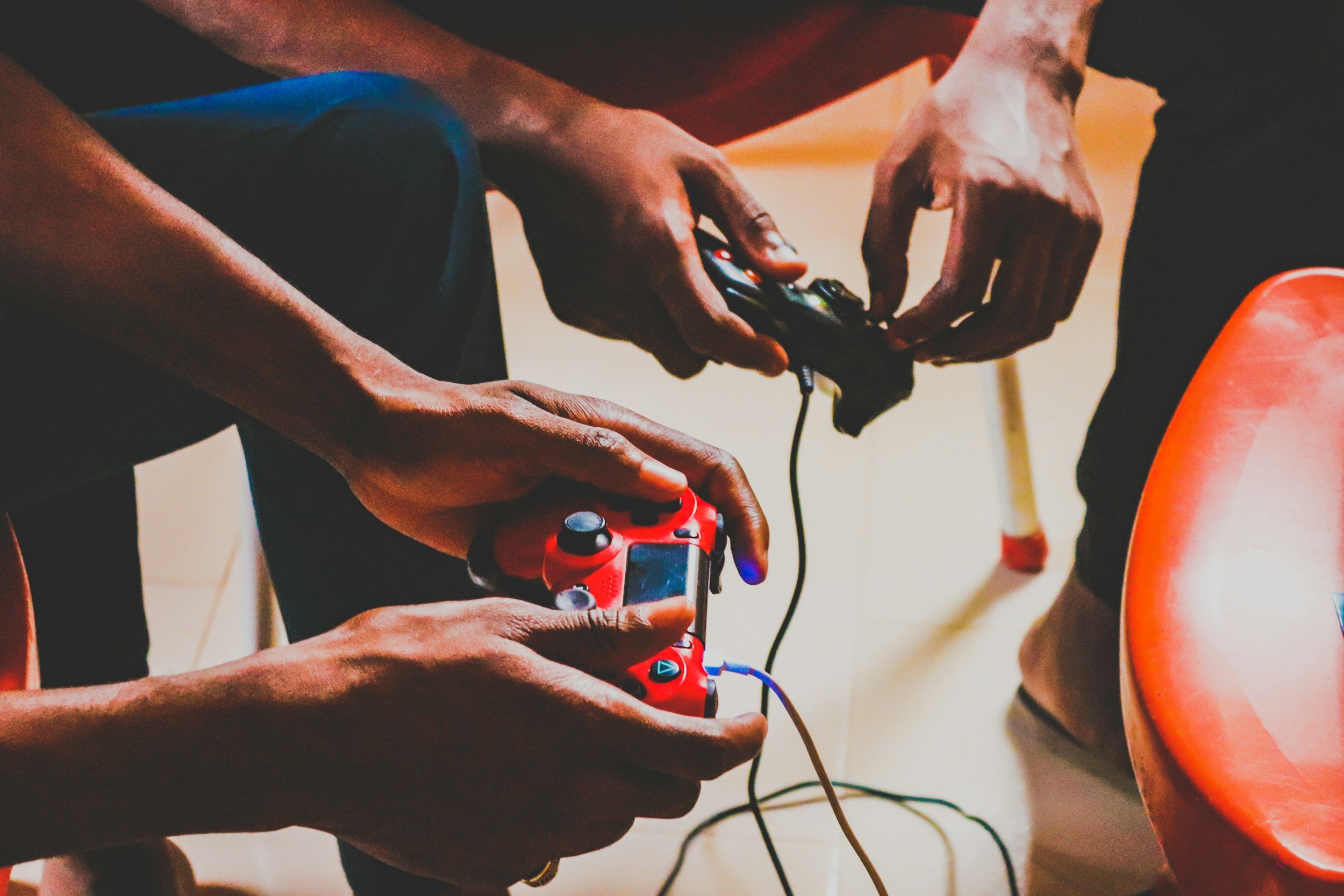Psychological Impact on Art and Animation
Art and animation are fundamental to creating the visual and emotional appeal of video games. The psychological impact of these elements is profound, influencing how players perceive, interact with, and emotionally respond to the game world. This article explores how principles of psychology, including visual perception, emotional design, and character development, inform art and animation in video games, supported by peer-reviewed research.
Visual Perception
Understanding visual perception is crucial for game artists and animators. The human brain processes visual information in specific ways, and leveraging this knowledge can enhance the visual appeal and clarity of a game.
Gestalt Principles:
Gestalt psychology, which focuses on how people perceive visual elements as unified wholes, is particularly relevant. Principles such as proximity, similarity, and continuity help designers create interfaces and environments that are visually coherent and easy to navigate. Research by Palmer (1999) emphasizes the importance of these principles in visual design.
For instance, in games like "Ori and the Blind Forest," artists use Gestalt principles to guide the player's eye through the environment, creating a seamless and aesthetically pleasing experience.
Colour Theory:
Colour theory, rooted in psychological research, explains how colors can evoke specific emotions and reactions. Studies by Elliot and Maier (2014) demonstrate how different colors can influence mood and behavior. Game artists use this knowledge to create atmospheres that match the game's narrative and emotional tone. For example, the use of warm colors in "Journey" evokes feelings of warmth and exploration, while cooler tones in "Limbo" create a sense of mystery and foreboding.
Character Design and Animation
Characters are central to player engagement and emotional investment in a game. Psychological principles guide the design and animation of characters to make them relatable, believable, and emotionally engaging.
Facial Expressions and Body Language:
Understanding the psychology of facial expressions and body language, as described by Ekman and Friesen (1971), helps animators create characters that convey emotions effectively. This enhances the player's emotional connection to the characters. Games like "The Last of Us" use detailed facial animations and expressive body language to convey complex emotions and narratives, making the characters more relatable and the story more impactful.
Personality and Archetypes:
Psychological theories on personality and archetypes, such as Carl Jung's archetype theory, inform character design by providing templates for recognizable and relatable characters. Jung's archetypes, including the hero, the mentor, and the trickster, are commonly used in games to create characters that resonate with players on a deeper psychological level. For example, "The Witcher 3: Wild Hunt" uses these archetypes to craft a compelling cast of characters that players connect with emotionally.
Emotional Design
Emotional design focuses on creating game art and animations that evoke specific emotional responses. This approach is grounded in the psychology of emotions and how visual and auditory stimuli can trigger these emotions.
Affective Design:
Research by Norman (2004) on affective design highlights the importance of creating products that evoke positive emotions. In gaming, this translates to designing visually appealing characters, environments, and animations that enhance the player's emotional experience. Games like "Hollow Knight" use a unique art style and animation to create an emotional journey that draws players into the world and its story.
Sound and Music Integration:
The integration of sound and music with visual elements can significantly enhance emotional engagement. Juslin and Västfjäll's (2008) research on music and emotion underscores how music can amplify the emotional impact of visual stimuli. For example, the orchestral score in "The Legend of Zelda: Breath of the Wild" complements the game's visuals, creating an immersive and emotionally resonant experience.
Simply Put
The integration of psychological principles into game art and animation is essential for creating visually appealing, emotionally engaging, and memorable gaming experiences. By understanding and applying concepts from visual perception, emotional design, and character psychology, game artists and animators can craft worlds and characters that resonate deeply with players. This not only enhances the overall aesthetic and narrative quality of games but also fosters a stronger emotional connection between the player and the game.
References
Elliot, A. J., & Maier, M. A. (2014). Color psychology: Effects of perceiving color on psychological functioning in humans. Annual Review of Psychology, 65, 95-120. Color psychology: effects of perceiving color on psychological functioning in humans - PubMed (nih.gov)
Ekman, P., & Friesen, W. V. (1971). Constants across cultures in the face and emotion. Journal of Personality and Social Psychology, 17(2), 124-129. Constants across cultures in the face and emotion. (apa.org)
Juslin, P. N., & Västfjäll, D. (2008). Emotional responses to music: The need to consider underlying mechanisms. Behavioral and Brain Sciences, 31(5), 559-575. Emotional responses to music: the need to consider underlying mechanisms - PubMed (nih.gov)
Norman, D. A. (2004). Emotional Design: Why We Love (or Hate) Everyday Things. Basic Books. (PDF) Emotional Design: Why We Love (or Hate) Everyday Things (researchgate.net)
Palmer, S. E. (1999). Vision Science: Photons to Phenomenology. MIT Press. Vision science: Photons to phenomenology. (apa.org)







